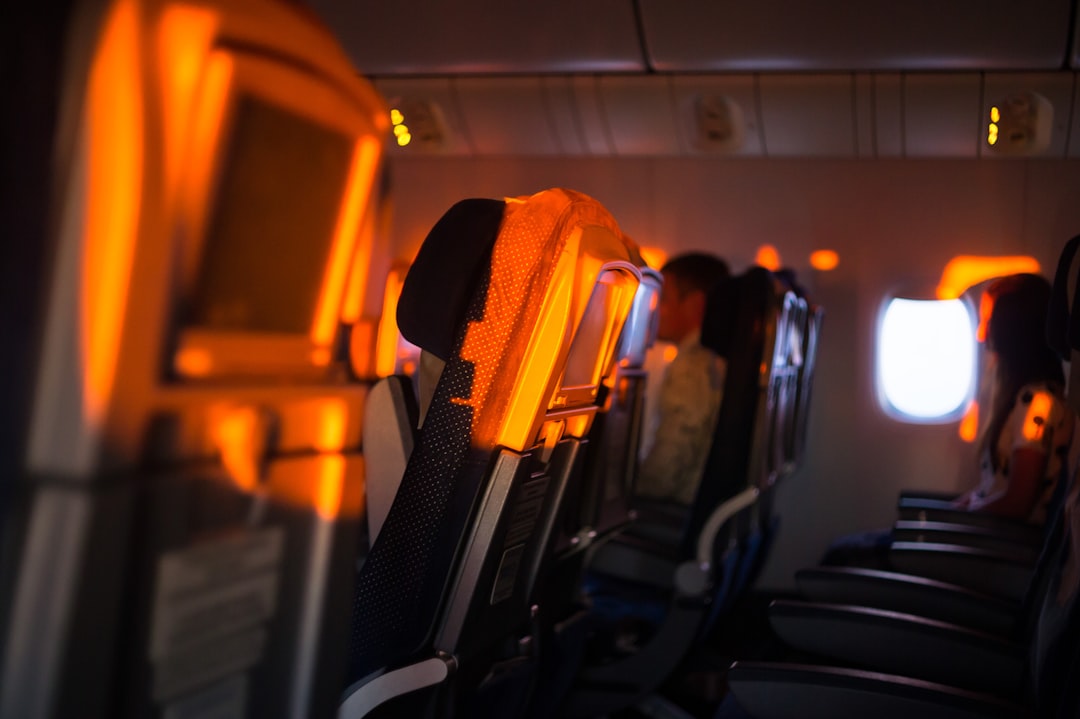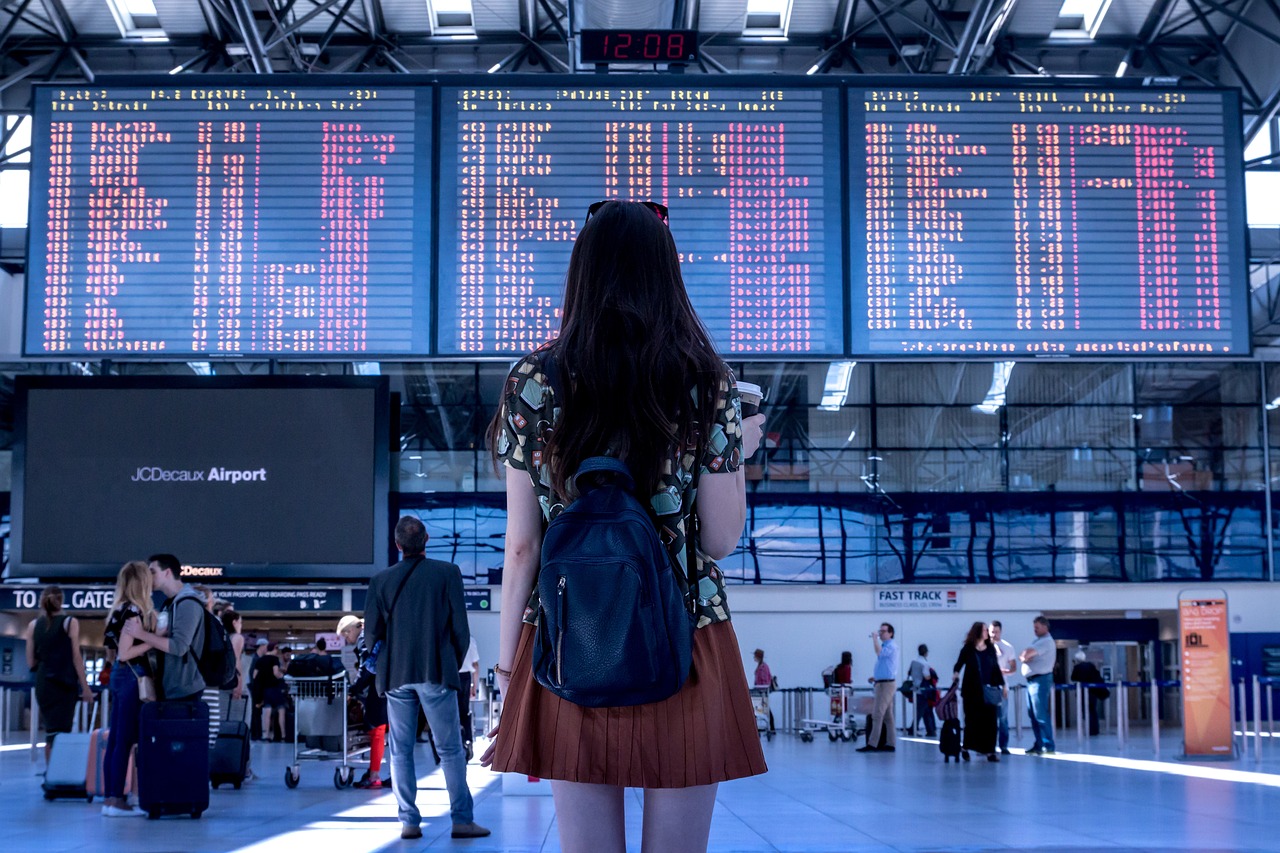Understanding Flight Pricing Algorithms

Airlines use intricate pricing algorithms that shift fares multiple times a day, responding to real-time data and shifting market conditions. The International Air Transport Association (IATA) reported in early 2025 that airlines now update ticket prices up to 50 times daily, analyzing factors like route popularity, historical demand, and competitor prices. For travelers, this means that the price for the same seat can fluctuate dramatically even within hours. Airlines also deploy predictive analytics to anticipate booking surges and adjust fares in advance, especially around holidays or major events. Recent data shows that prices tend to spike during the weekend, as leisure travelers search and book more actively. By understanding that prices are rarely static, travelers can time their purchases more strategically, often finding better deals on Tuesdays or Wednesdays when demand dips. Noticing these patterns is crucial for anyone aiming to catch the lowest possible fare in 2025.
The Role of Flexible Travel Dates

Being open to changing your travel dates remains one of the most impactful ways to save on flights. Skyscanner’s 2024 Global Price Report found that shifting your departure or return by just three days could yield savings of up to 20% on average. For example, flights departing on Tuesdays or Wednesdays are routinely less expensive than those on Fridays or Sundays. Flexible date search tools, now featured on most major platforms, show fare calendars so users can instantly spot the cheapest options. Hopper’s 2025 analysis revealed that travelers who used its flexible date tool booked flights 22% cheaper than those with fixed dates. Additionally, some airlines launch limited-time sales for less popular travel days, so a willingness to fly midweek or during off-peak hours can result in significant discounts. This flexibility is particularly valuable when planning family vacations or business trips with negotiable schedules.
Utilizing Flight Comparison Websites

Flight comparison engines have revolutionized airfare shopping by aggregating prices across dozens of airlines and booking agencies. According to a Consumer Reports study published in February 2024, travelers who booked via platforms like Kayak, Momondo, and Skyscanner saved an average of 15% compared to those booking directly with airlines. These sites scan both legacy carriers and budget airlines, ensuring a comprehensive snapshot of the market. Many also offer fare-tracking and price alert features, which notify users the moment a price drops for their chosen route. In 2025, enhanced filters allow users to sort by baggage fees, layover times, and refund policies, further refining the search for the perfect deal. Real-world case studies highlighted by Travel Weekly showed that travelers who set up multiple alerts across comparison sites saved up to $200 per international ticket. The expanded visibility and easy comparison make these platforms indispensable for deal hunters.
The Impact of Loyalty Programs

Airline loyalty programs have become more lucrative in 2025, with major carriers like Delta, United, and American Airlines offering new tiers and expanded perks. According to the Airline Reporting Corporation’s latest data, frequent flyers leveraging their loyalty points and perks saved up to 30% on annual travel costs compared to non-members. Many programs have also introduced dynamic redemption, allowing members to use points not just for flights but for upgrades, baggage, and even lounge access. For instance, United’s MileagePlus program now offers special “Saver” award seats, which are increasingly available on less popular routes. The 2025 loyalty landscape also features partnerships between airlines and hotels, multiplying the earning potential for travelers. A recent survey by Business Traveller found that 61% of respondents booked at least one free flight in 2024 thanks to accumulated points. Choosing a loyalty program aligned with your travel patterns can translate directly into tangible savings and added comfort.
The Benefits of Booking in Advance

Booking well ahead continues to be a tried-and-true method for securing low airfares. CheapAir’s 2024 Airfare Study revealed that the optimal window for domestic flights is about 70 days before departure. For international flights, booking around 90 days in advance provided the lowest average fares. For example, tickets from New York to London in June 2025 were 18% cheaper when booked three months out, compared to last-minute purchases. Seasonal variations play a significant role—flights to Europe during summer or the holidays tend to sell out quickly, and prices rise in response. However, it’s worth noting that airlines occasionally launch flash sales for last-minute seats, especially on underbooked flights. The key is to monitor prices consistently and act promptly when a dip appears. Advanced planning is especially vital for peak travel periods when demand surges and options dwindle.
Exploring Alternative Airports

Choosing alternative airports can dramatically cut the cost of your trip. The Bureau of Transportation Statistics’ 2025 analysis showed that travelers who opted for secondary airports saved an average of 25% on airfare compared to those flying into primary hubs. For example, flying into Oakland instead of San Francisco, or Fort Lauderdale instead of Miami, often yields lower fares and reduced airport congestion. Many comparison sites, such as Google Flights, now highlight nearby airports and display fare differences side-by-side. In some cases, low-cost airlines exclusively serve secondary airports, offering rates that undercut the competition at major terminals. Additionally, ground transportation from smaller airports has improved, making the total journey time comparable. These alternative routes are especially beneficial for budget travelers or those with flexible schedules looking to maximize savings.
The Importance of Incognito Browsing

Flight search engines are known to adjust fares based on user activity and search history, a practice confirmed by the Digital Marketing Institute’s 2024 study. Users who repeatedly search for the same route may notice prices creeping higher, a phenomenon known as dynamic pricing. To counter this, experts recommend browsing for flights in incognito or private mode to avoid cookie-based price hikes. The study found that incognito users saw fares that were, on average, 8% lower than those searching with normal browser settings. Clearing cookies and cache after each search session can also help display the most accurate, unbiased fares. This technique is particularly effective for travelers planning multi-leg or international trips, where repeated searching is common. As airlines continue refining their digital marketing tactics, anonymous browsing remains a valuable tool in the hunt for the best deals.
Leveraging Social Media and Newsletters

Airlines and travel deal websites have turned social media and newsletters into direct lines for flash sales and exclusive promotions. Travel Weekly’s 2025 survey found that 40% of travelers who scored their lowest fares in the past year credited a social media post or newsletter for the tip. Airlines frequently drop limited-time discount codes or announce fare sales first on platforms like X (formerly Twitter), Facebook, and Instagram. Subscription-based services such as Scott’s Cheap Flights and Secret Flying curate and email top deals, sometimes hours before they appear on public channels. In 2024, Delta’s “Flash Sale Fridays” on Instagram consistently sold out within hours, while Southwest’s email subscribers received early access to major fare drops. These channels reward attentiveness and quick action, making them a must-follow for bargain seekers.
Understanding Seasonal Trends

Seasonality continues to be a defining factor in airfare pricing. A 2024 U.S. Travel Association report found that flying during shoulder seasons—periods between peak and off-peak—can be up to 40% cheaper than peak travel times. For example, flights to Europe in October 2024 averaged $550, compared to $980 in July. Airlines respond to demand surges around major holidays like Thanksgiving, Christmas, or Chinese New Year with steep price increases. Conversely, traveling just before or after these periods offers substantial savings and fewer crowds. Advanced tools now provide seasonality forecasts, helping travelers pinpoint the cheapest weeks to fly to specific destinations. Understanding and exploiting these trends is crucial for both leisure and business travelers looking to stretch their budgets in 2025.
Embracing Technology and Apps

Mobile booking apps are at the forefront of the airfare revolution, integrating artificial intelligence and machine learning to predict price changes. Phocuswright’s 2025 report showed that 60% of travelers now use apps such as Hopper, Skyscanner, and Google Flights for booking, up from 45% in 2023. These apps analyze billions of price points to forecast when fares are likely to rise or fall, sending real-time notifications to users. Hopper’s “Price Freeze” feature, introduced in late 2024, allows users to lock in fares for up to 21 days, providing a safety net against sudden price hikes. Some apps also include features like flexible date search, multi-city itineraries, and instant rebooking for canceled flights. This combination of predictive analytics and user-friendly interfaces makes technology indispensable for anyone seeking the best flight deals in 2025.




